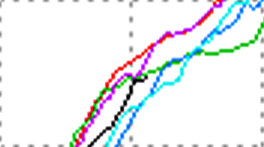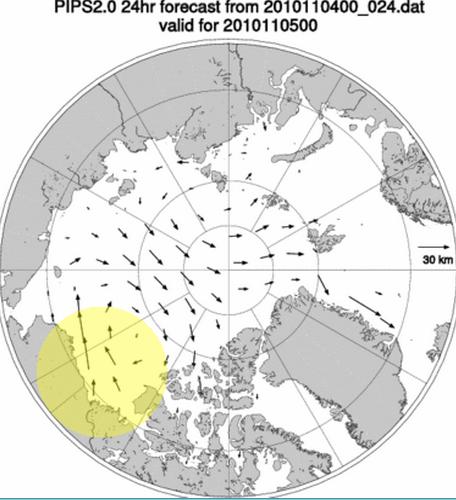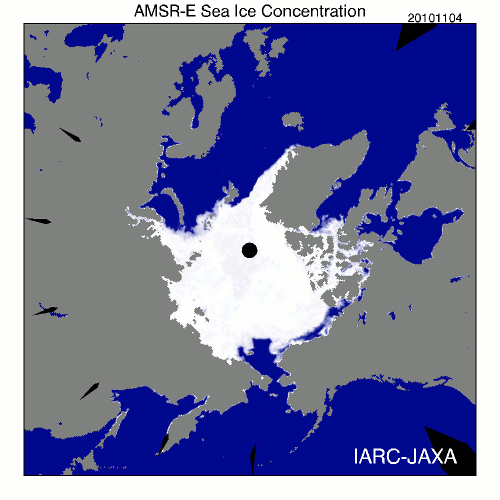On November 4, there was a little glitch in new Arctic ice formation, as seen in the black line below.
http://ocean.dmi.dk/arctic/icecover.uk.php
This was caused by strong winds in the Beaufort Sea pushing the ice away from the shore.
http://www7320.nrlssc.navy.mil/pips2/
You can see the movement in the JAXA animation below.
http://www.ijis.iarc.uaf.edu/cgi-bin/seaice-monitor.cgi?lang=e
Temperatures in the region were far below the freezing point.





In order to save the ice cap we have to build huge undersea ventilators to counter the ocean currents and and we have to build wind breakers to keep the ice steady at it’s place. No further ice loss must be accepted.
I justify these measures with the argument that they are just as stupid and futile as all other green policies. We have to do anything within our power to make the polar bears happy.
According to NASA glaciologist have a new specialization: Glacial Health Studies.
I wonder how long it takes to finish such a study.
I am prepared to do anything for healthy glaciers.
I really love the space pictures from our planet but the NASA BS that is often written to the pictures is starting to annoy me.
I think the time has come to send them to the moon again.
http://earthobservatory.nasa.gov/IOTD/view.php?id=46840
BUT, BUT, BUT. The ice is to close to the surface of the ocean to be affected by winds. Donchano waves are just a figment of your imagination! Anyway it is to cold in the Arctic for the winds to blow as winds only blow when the weather is warming. The warmer it gets the stronger the winds. The models say so, so it must be right!
I am selling building lots on the tops of clouds so the world population has a place to expand. It is a known fact that 70% of the globe is covered by clouds and that real-estate is not being utilized. Contact www sucker dot fraud.
The more the wind compacts the ice a) the thicker the existing ice gets, b) the quicker new ice forms on water exposed to v. low temps.
Would it be possible later to show that a higher volume of ice accumulated in this area compared to either side??
No matter how compacted the ice gets the new term is “It is rotten Ice so it is worse that we thought”. Normal ice does not exist any more. Normal ice was only observed before people were able to observe the ice. 😉
It also caused JAXA to go below 2007:
http://img153.imageshack.us/img153/3487/jaxanovcropresize.png
from this graph
http://img266.imageshack.us/img266/7057/jaxanov.png
I don’t think extent has much meaning over the next few months. In early spring it will be an indicator of how cold winter was at lower latitudes.
I know it is meaningless. All the talk aver where the ice is on any given day is hair splitting. I was expecting alarmists to jumping on this one though. But no RGates and no Phil.
Hard to say whether compaction at the ice edge during the winter is a good thing.
Benefits:
More ocean heat lost to the atmosphere.
Thicker ice at the area of compaction.
Disadvantages:
Reformed ice will be thinner.
Lost ocean heat keeps surface temperatures reading higher than otherwise.
Warmer ocean waters brought farther north?
—
Does anyone have thoughts on this? My thought is that the ice periphery ends up being easier to melt, but the core ice is stronger. Of course, periphery and core are relative to the location of the compaction. In the end, it might not matter much if the location is far enough south to not be important in the summer minimum.
-Scott